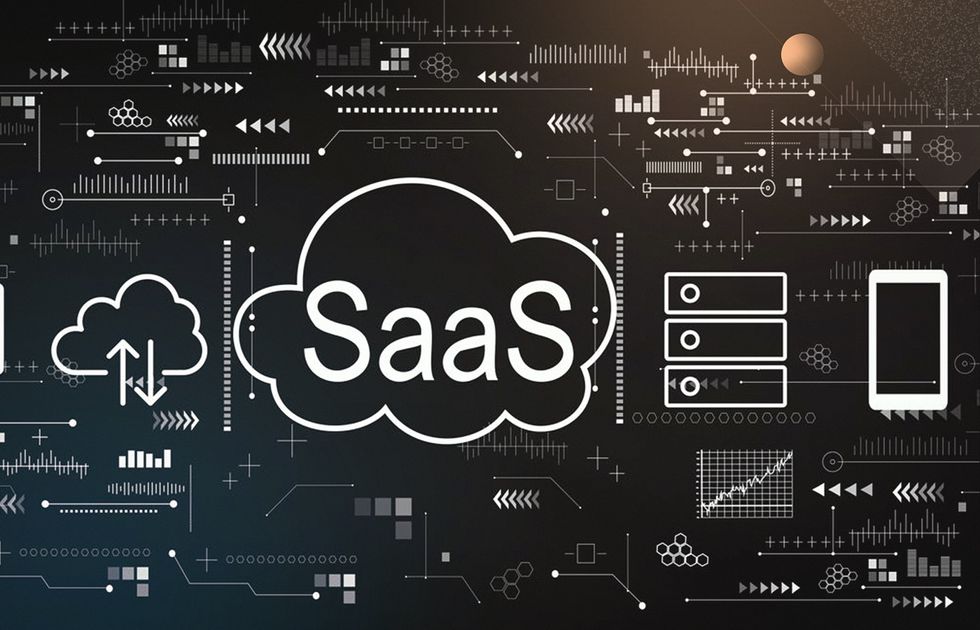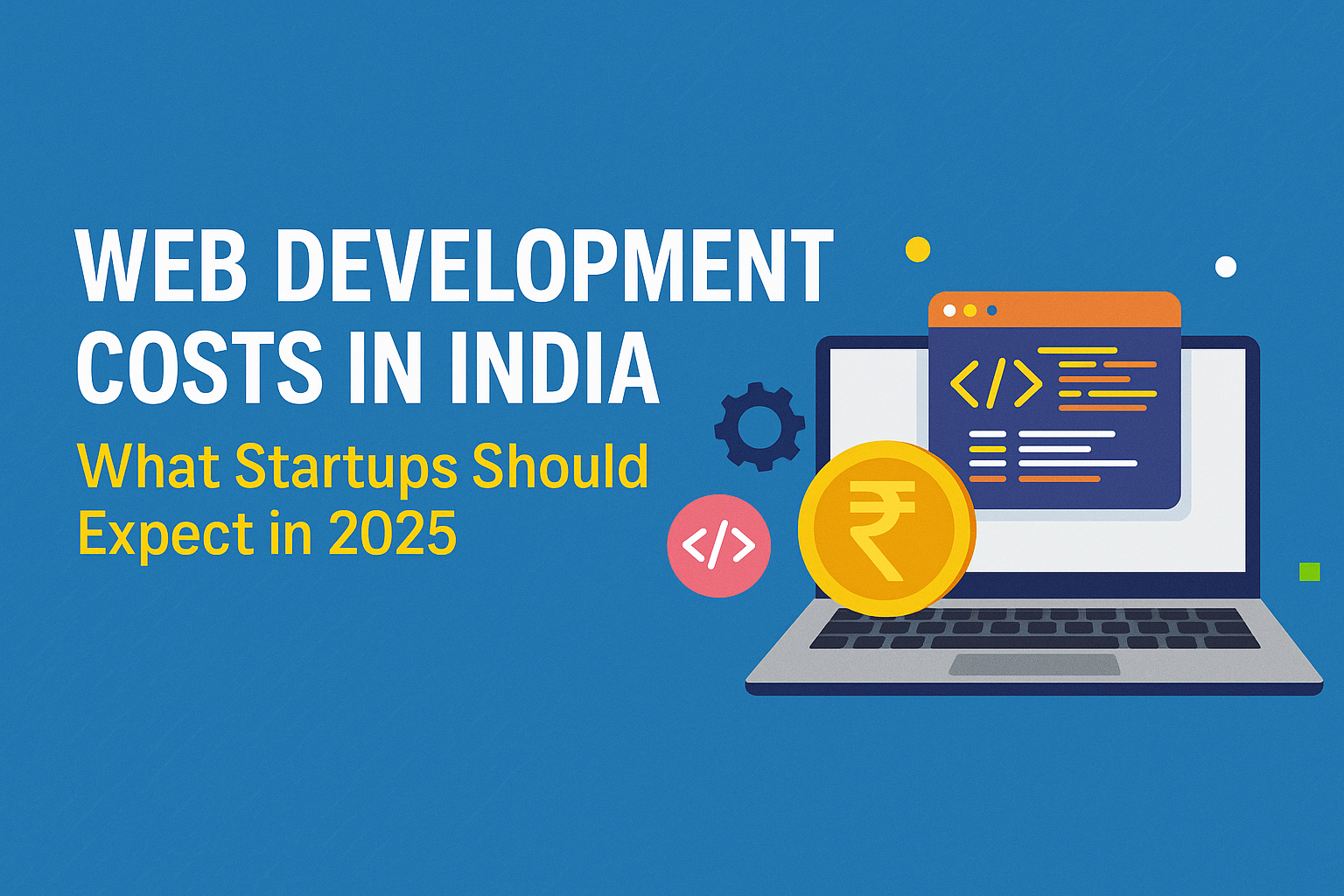Startup SaaS Engineering: Build, Scale, Succeed in 2025

Strong 8k brings an ultra-HD IPTV experience to your living room and your pocket.
Introduction
The SaaS (Software-as-a-Service) revolution has fundamentally reshaped the startup ecosystem. In 2025, the SaaS market is projected to reach $908 billion by 2030, with vertical SaaS alone expected to hit $157.4 billion by 2025, growing at a 23.9% CAGR. This explosive growth is fueled by AI integration, low-code/no-code platforms, and the global shift to remote work, making SaaS solutions indispensable for startups seeking agility, scalability, and rapid innovation.
For startups, the allure of SaaS is clear: it eliminates the burden of costly infrastructure, offers flexible subscription models, and enables teams to focus on solving real customer problems rather than maintaining software. However, engineering SaaS products the right way is crucial. A scalable, secure, and user-centric SaaS platform is not just a technical achievement—it’s a competitive advantage that drives retention, growth, and investor confidence.
Core Principles of SaaS Product Engineering
Cloud-Native Architecture
Cloud-native design is the backbone of modern SaaS. By leveraging cloud infrastructure, startups can scale horizontally and vertically, ensuring 99.9% uptime and seamless performance even during traffic spikes. Technologies like containerization (Docker, Kubernetes) and serverless computing (AWS Lambda, Google Cloud Functions) further enhance flexibility and reduce operational overhead.
API-First Development
An API-first approach places integration and extensibility at the heart of SaaS engineering. By designing robust, consistent APIs from the outset, startups ensure their platforms are easy to integrate, customize, and extend—key for ecosystem growth and customer satisfaction. APIs enable third-party integrations, data synchronization, and modular development, supporting rapid feature rollouts and future-proofing the product.
Multi-Tenancy
Multi-tenancy allows a single software instance to serve multiple customers (tenants) while keeping their data and configurations isolated. This architecture optimizes resource usage, reduces costs, and streamlines updates across the customer base. However, it requires careful data isolation, robust authentication, and tenant-aware logging to maintain security and performance.
Security-by-Design
Security must be embedded from the ground up. Secure-by-design principles include access controls, encryption, API gateways for authentication and rate limiting, and role-based access control (RBAC). Proactive risk assessment, regular audits, and compliance with standards like SOC 2 and GDPR are essential to protect customer data and build trust.
Designing for Agility and Rapid Deployment
CI/CD Pipelines
Continuous Integration and Continuous Deployment (CI/CD) pipelines automated code testing, builds, and deployments, enabling startups to deliver features rapidly and reliably. Automated rollbacks and blue/green deployments ensure stability and quick recovery from issues.
Microservices Architecture
Breaking applications into microservices allows independent development, deployment, and scaling of each component. Tools like Docker and Kubernetes orchestrate these services, ensuring resilience and scalability. Monitoring and distributed tracing (e.g., Prometheus, ELK Stack) are vital for maintaining performance and troubleshooting in a microservices environment.
DevOps and Product Team Collaboration
DevOps fosters a culture of collaboration between development, operations, and product teams. This cross-functional approach accelerates delivery, aligns features with customer needs, and ensures that operational concerns (like monitoring and scaling) are addressed early in the development lifecycle.
How Startups Can Effectively Manage the SaaS Products They Use
SaaS Sprawl and Usage Monitoring
The ease of SaaS adoption can lead to SaaS sprawl—an uncontrolled proliferation of tools that creates inefficiency, security risks, and unnecessary costs. Startups must monitor usage, consolidate overlapping tools, and maintain visibility into their SaaS stack to prevent operational and financial waste.
Integration Strategies
Effective SaaS management requires seamless integration between tools. Startups should prioritize solutions with robust APIs and consider integration platforms (iPaaS) to automate workflows and ensure data consistency across systems. Authentication, data mapping, and compliance must be addressed during integration.
Choosing the Right Tools
Key considerations include scalability, integration capabilities, user experience, and support. Flexible pricing models and the ability to scale up or down are particularly important for startups with fluctuating needs and limited budgets.
Building SaaS Products that Fit Startup Needs
Lightweight, Modular Architecture
Startups benefit from lightweight, modular architectures that can evolve with their business. Containerization and event-driven designs enable rapid iteration and cost-effective scaling.
Intuitive UX
User experience is paramount. Frictionless onboarding, easy navigation, contextual help, and personalized interactions drive adoption and retention. Progressive disclosure and in-app resource centers help users get value quickly and independently.
Flexible Pricing
Flexible pricing models—usage-based, tiered, per-user, or hybrid—allow startups to pay only for what they need and scale costs with growth. This adaptability is a win-win, aligning vendor success with customer success.
check here: What is SaaS Product Engineering and Why is it Crucial for Business Success?
check here: What is SaaS Product Engineering and Why is it Crucial for Business Success?
Common Challenges in SaaS Product Engineering
Data Privacy and Compliance: Navigating global regulations (GDPR, SOC 2) and ensuring tenant data isolation is complex but non-negotiable for trust and market access.
Global Performance: Serving a distributed user base requires edge computing, CDN integration, and performance monitoring to minimize latency and ensure a consistent experience worldwide.
Version Management: Rolling out updates without disrupting users, especially in multi-tenant environments, demands careful version control, feature flagging, and staged rollouts.
How ViitorCloud Helps Startups Engineer Scalable SaaS Products
ViitorCloud stands out as a trusted partner for startups seeking to build and scale SaaS products. With deep expertise in modular, cloud-native architectures and API-first development, ViitorCloud delivers platforms that are inherently scalable, secure, and customizable. Their engineering teams leverage microservices, CI/CD automation, and DevOps best practices to accelerate time-to-market and ensure robust performance under load.
ViitorCloud’s tailored engagement models are startup-friendly—offering flexible pricing, rapid prototyping, and dedicated support to align with your growth stage and budget. Their focus on engineering excellence, security-by-design, and seamless integrations empowers startups to innovate confidently and scale globally.
Conclusion: Strategic Engineering for the Future of SaaS
Strategic SaaS product engineering service is the foundation of startup success in 2025 and beyond. By embracing cloud-native design, API-first principles, multi-tenancy, and security-by-design, startups can deliver products that scale, delight users, and adapt to changing markets.
As AI-powered SaaS and vertical SaaS solutions continue to rise, the startups that invest in robust engineering and smart SaaS management will lead the next wave of digital transformation1. With partners like ViitorCloud, startups have the tools and expertise to turn bold ideas into scalable, secure, and market-leading SaaS products.
Note: IndiBlogHub features both user-submitted and editorial content. We do not verify third-party contributions. Read our Disclaimer and Privacy Policyfor details.







